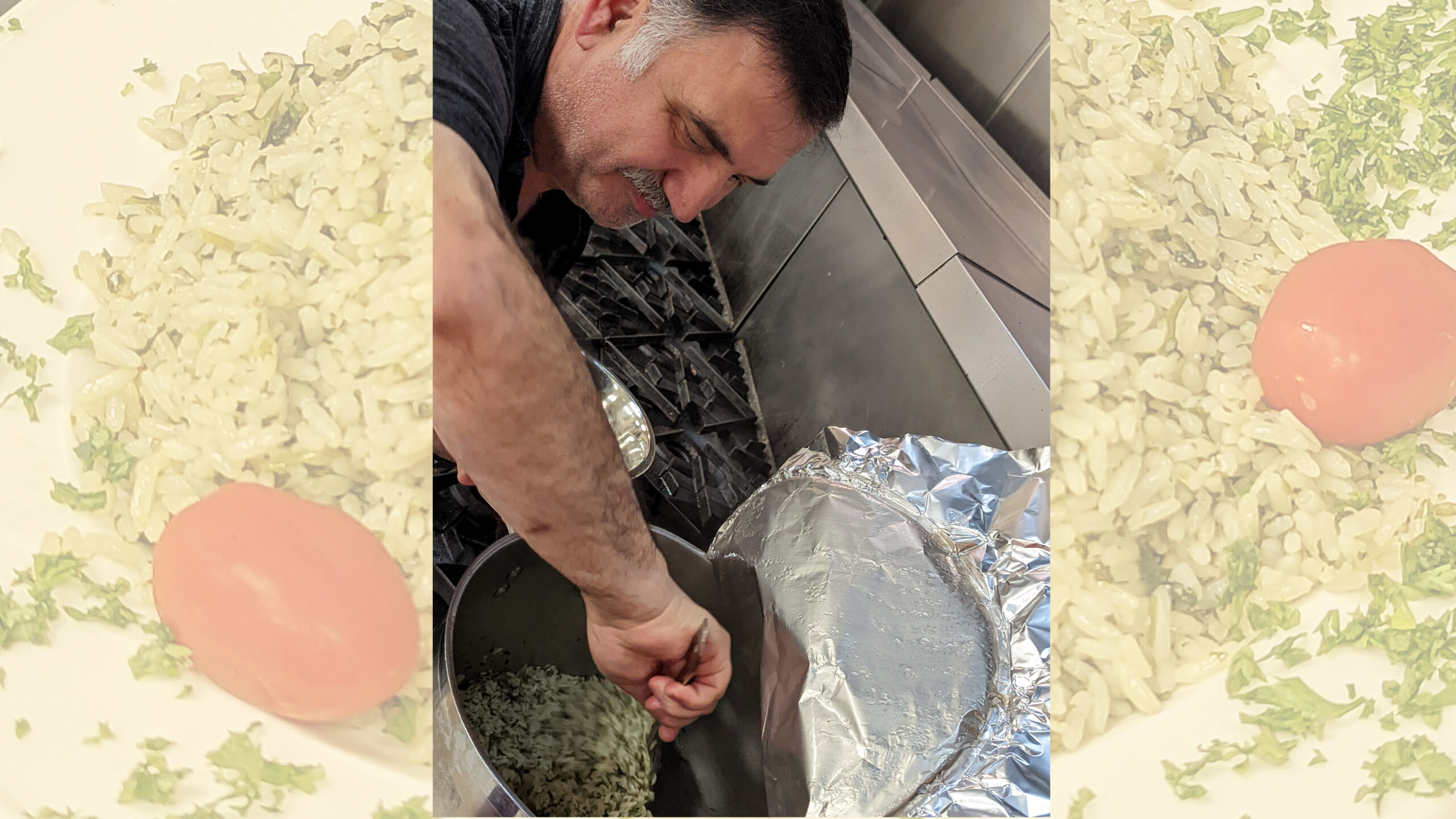[vc_row][vc_column][rev_slider_vc alias=”article-header-banner”]
[vc_column_text “post-meta-data”][+AUTHOR+][+PUBLICATION+][+DATE+]
Since arriving in California twelve months ago, I’ve tried the dry flesh of Chinese Jujubes, zest from the green and orange Yuzu lemons, ventured the tendrils of the Buddha’s hand and tried no less than 100 varieties of stone fruits. For this dedicated fruit lover, all of this is marvelous.
Still this leaves me with a quandary when it comes to Rosh Hashanah. There is a tradition that one should eat a new fruit on the second day of the holiday both to celebrate the newness of the year and to occasion the saying of the traditional shecheyanu blessing that accompanies new things and special occasions. But in this era of mass food movement, when we can get peaches in January and pomegranates in March, new fruits can be hard to find.
So this year, I’m expanding on the notion to include new recipes in place of new fruits. A new recipe can include an ingredient that is new, or familiar ingredients combined in a different way to create flavors that are just as “new” as the taste of a new fruit. Taking something familiar and finding the new possibilities captures an important element of the renewal work that we are meant to do at Rosh Hashanah. Just as we look inside our kitchen cabinets and remix the old ingredients to create new tastes, we look inside ourselves to reconsider our pieces in new ways.
So it’s not just any new dish that I’m trying out this year. In searching for something new, I will venture far from the German flavors and traditions of my own family, to try a traditional dish of Jews from the Middle East. Just like African Americans in the South, Jews in Egypt, Turkey, and Syria all see black-eyed peas as a signs of plenty to be eaten in celebration of the New Year.
Though there are many regional variations of a Middle Eastern stew called Loubia, I was directed by my colleague Diane Tobin to the Egyptian version in Claudia Roden’s classic “The Book of Jewish Food.” The mother of five, Tobin’s youngest son is African American and the dish takes on special meaning in this family that celebrates their many cultural inheritances. For my Eastern European, Canadian, American, Israeli, German Jewish family, the opportunity to try something that is Jewish but not familiar, will speak to our hopes for the New Year. Slightly sweet and filled with black-eyed peas, for all of us it speaks of the new possibilities, potential and hopefully prosperity of the year to come.
Loubia
Rosh Hashanah Egyptian black-eyed peas, adapted from Claudia Roden’s “The Book of Jewish Food”
1 onion, chopped
3 tablespoons sunflower oil
2 garlic cloves, minced or crushed in a press
1.5 pounds lamb or veal, cubed
1 pound fresh tomatoes, peeled and chopped
3 tablespoons tomato paste
1 lb dried black-eyed peas, soaked for 1 hour (frozen work well to according to Tobin)
1 teaspoon cinnamon
1/2 teaspoon allspice
1-2 teaspoons sugar
Salt and pepper to taste
Two lemons
1) Fry the onion in the oil till golden. Add the garlic, and when aroma rises add the meat.
2) Stir to brown it all over.
3) Add the tomatoes and tomato paste.
4) Drain the black-eyed peas, and simmer in fresh water for 15 minutes, then drain them.
5) Add the beans to the meat, onions and tomatoes.
6) Stir in the cinnamon and allspice and cover the pot. Cook on stove top at lowest heat possible for two hours, adding salt and pepper to taste and the sugar after about 1 hour.
7) Prior to serving, squeeze the juice of one lemon and stir into the dish. Cut the second lemon into wedges and serve with the dish.
Rabbi Ruth Abusch-Magder holds a doctorate with a specialty in Jewish food history. She is the rabbi-in-residence for Be’chol Lashon






